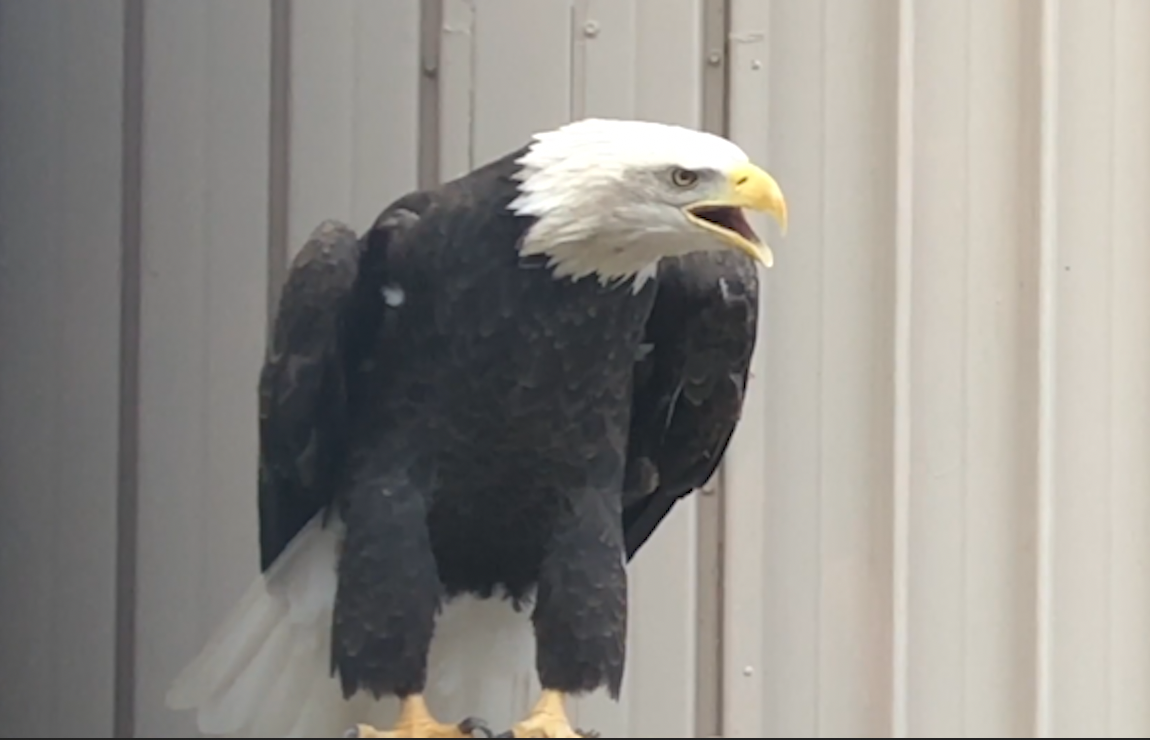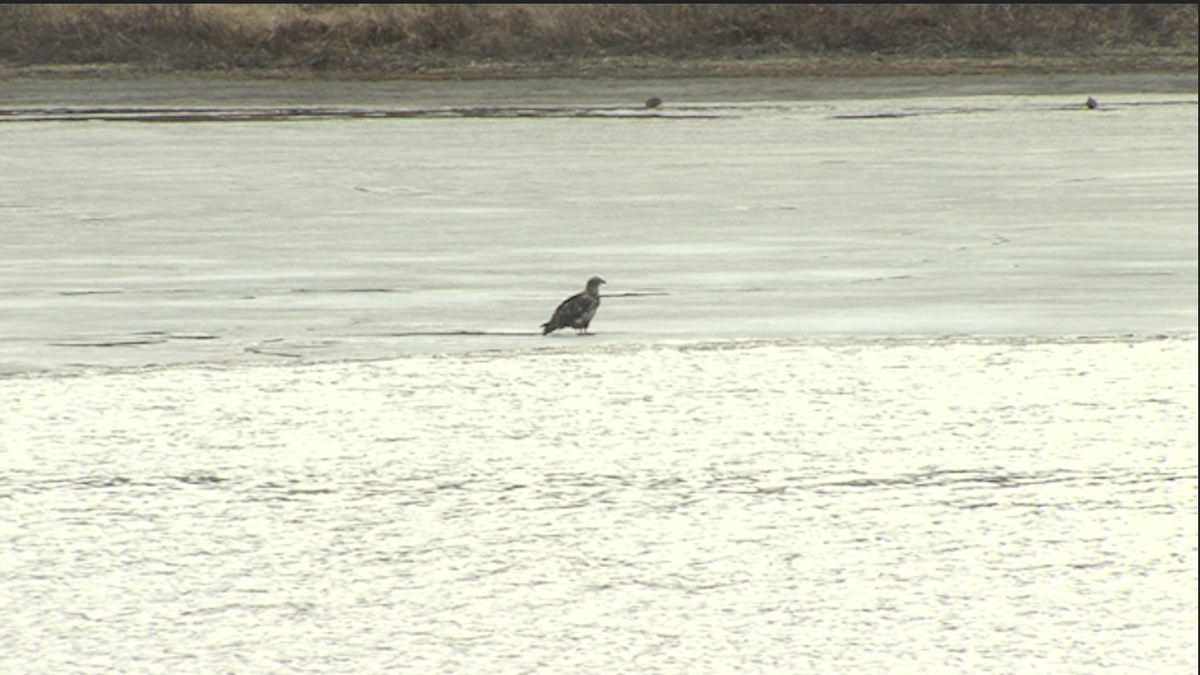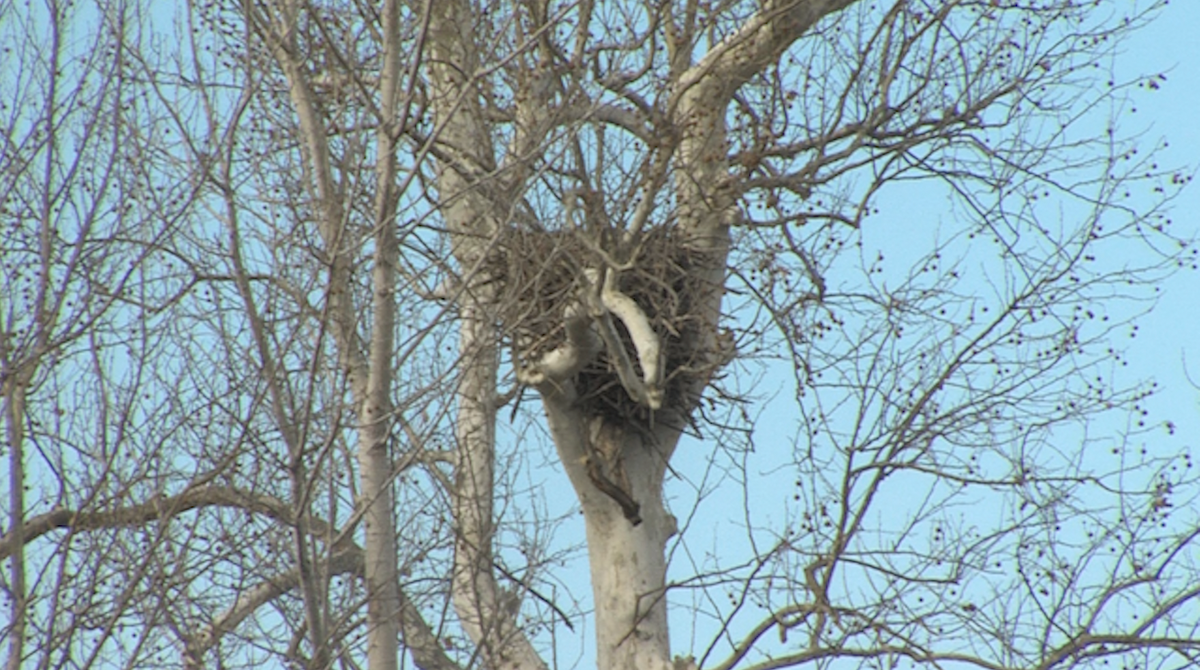Extreme weather impacts bald eagles in Central Missouri
The national bird for the United States is known as a majestic symbol for many, but even this raptor has limitations when it comes to changing weather conditions.

Just last week, a cold spill hit central Missouri, leading to multiple records being broken. Freezing temperatures like what we just saw can have a significant impact on bald eagles during long stretches.
"Bald eagles don't necessarily head south for the winter, they try to get to the closest reliable food supply." Janet Haslerig is an avian ecologist with the Missouri Department of Conservation, who details how weather plays a direct role in bald eagle habits and populations.
Like a lot of other animals, they do suffer from hypothermia, and frostbite and it can reduce their breeding activity."

One of the primary impacts cold stretches like the one recently seen can play is on the feeding habits of bald eagles. When water is frozen over and the availability of fish is not readily available, similar to drought, that food source is not there for them.
Drought can also play a negative role in bald eagle habits. Bodies of water dry up that Bald Eagles depend on for their food source being fish in particular. Damaged nesting trees can happen during tree die offs.

Just like drought can play a negative role for bald eagles, too much water caused by flooding can also harm the species. When we get a lot of flooding, fish can be swept away, or the sediment could just suffocate the fish. Alike drought, flooding can also damage the nesting trees and lead to a massive die-off of nest.
To have the best success for bald eagle populations, near average temperatures and precipitation is going to be needed. That will help their reproductive process and their eating habits.
